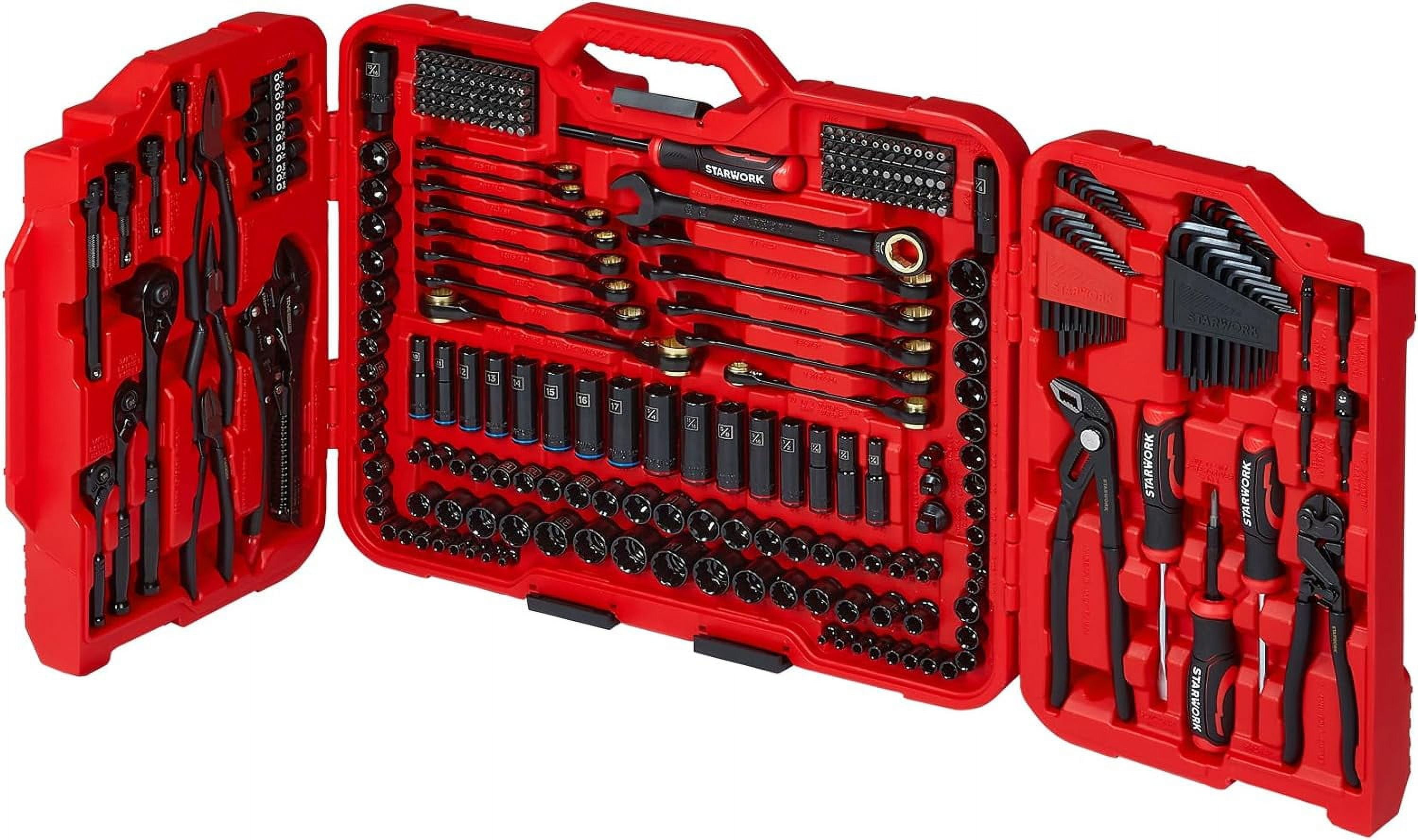Durability and Build Quality of the Strandmon Chair: Strandmon Ikea Chair Review

The Strandmon chair, a seemingly innocuous addition to IKEA’s lineup, presents a complex case study in the tension between affordability and longevity. Its popularity hinges on a blend of aesthetic appeal and a relatively low price point, but a critical examination reveals inherent compromises in its construction that impact long-term durability. Understanding these compromises is crucial for consumers seeking a chair that can withstand the rigors of daily use.
The Strandmon’s construction relies heavily on particleboard, plywood, and foam padding, all materials susceptible to varying degrees of wear and tear. While the particleboard provides a cost-effective framework, its inherent fragility limits the chair’s overall resilience. The plywood components, while stronger, are still prone to damage from excessive weight or impact. The foam padding, while initially comfortable, is susceptible to compression and degradation over time, leading to sagging and a loss of support. The upholstery, depending on the chosen fabric, presents its own set of durability challenges, ranging from susceptibility to stains and fading to the potential for fraying and tearing.
Material Strengths and Weaknesses
The Strandmon chair’s materials present a mixed bag. Particleboard, the backbone of the structure, offers affordability but lacks the strength and longevity of solid wood. Plywood, used in certain structural elements, provides improved stability but remains vulnerable to warping and cracking under stress. The foam padding offers initial comfort but is prone to flattening and losing its shape with prolonged use. Finally, the upholstery fabric’s durability varies greatly depending on the specific material chosen; some fabrics are more resistant to wear and tear than others. This inherent variability makes assessing the overall durability of the chair dependent on the specific materials used in its construction.
Common Wear and Tear Issues and Preventative Measures
Understanding common issues and implementing preventative measures can significantly extend the lifespan of a Strandmon chair.
- Sagging seat cushion: Prolonged use leads to compression of the foam padding, resulting in a less supportive and less comfortable seating experience. Preventative measures include using a supportive cushion or rotating the chair regularly to distribute wear evenly.
- Particleboard damage: The particleboard frame is vulnerable to cracking and damage from excessive weight or impact. Avoiding placing heavy objects on the chair and ensuring it’s not subjected to undue stress can help mitigate this issue.
- Upholstery wear: The upholstery fabric can wear down, tear, or become stained over time. Regular cleaning and the use of protective covers can help maintain its appearance and extend its lifespan.
- Wood warping or cracking: Exposure to moisture or extreme temperature fluctuations can cause the plywood components to warp or crack. Keeping the chair in a stable climate and avoiding exposure to excessive humidity or dryness is crucial.
Assembly Process and Structural Stability, Strandmon ikea chair review
The Strandmon chair’s assembly process, while generally straightforward, reflects IKEA’s emphasis on efficient manufacturing. Compared to some other IKEA furniture, the Strandmon is relatively simple to assemble, requiring minimal tools and time. However, the reliance on particleboard and cam locks means the chair’s structural integrity relies heavily on precise assembly. Incorrect assembly can lead to instability and potential structural weakness. Once properly assembled, the chair generally offers adequate stability for its intended use, but it is not designed for extreme weight or rough handling. The inherent limitations of the materials used remain a factor, even with perfect assembly.
